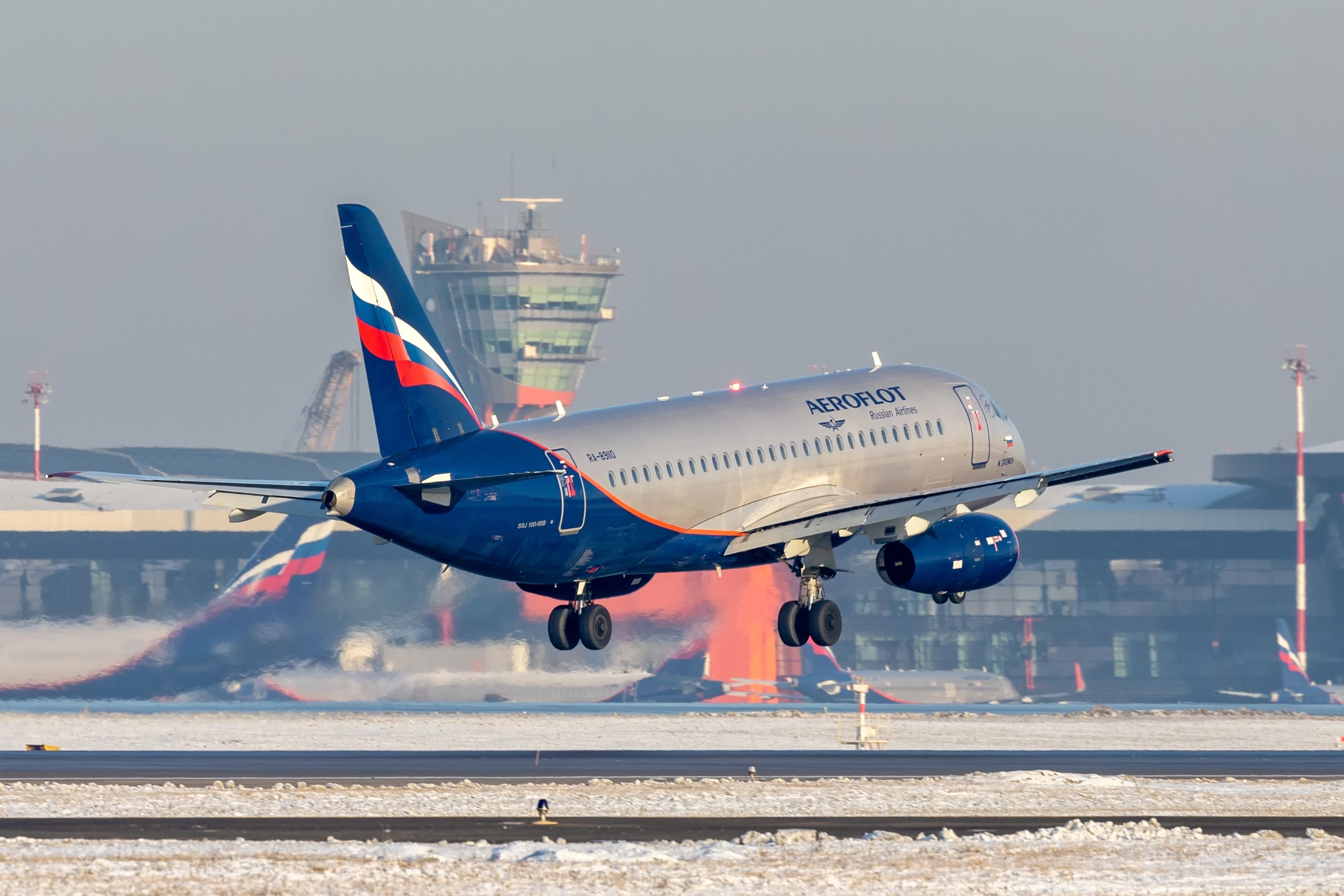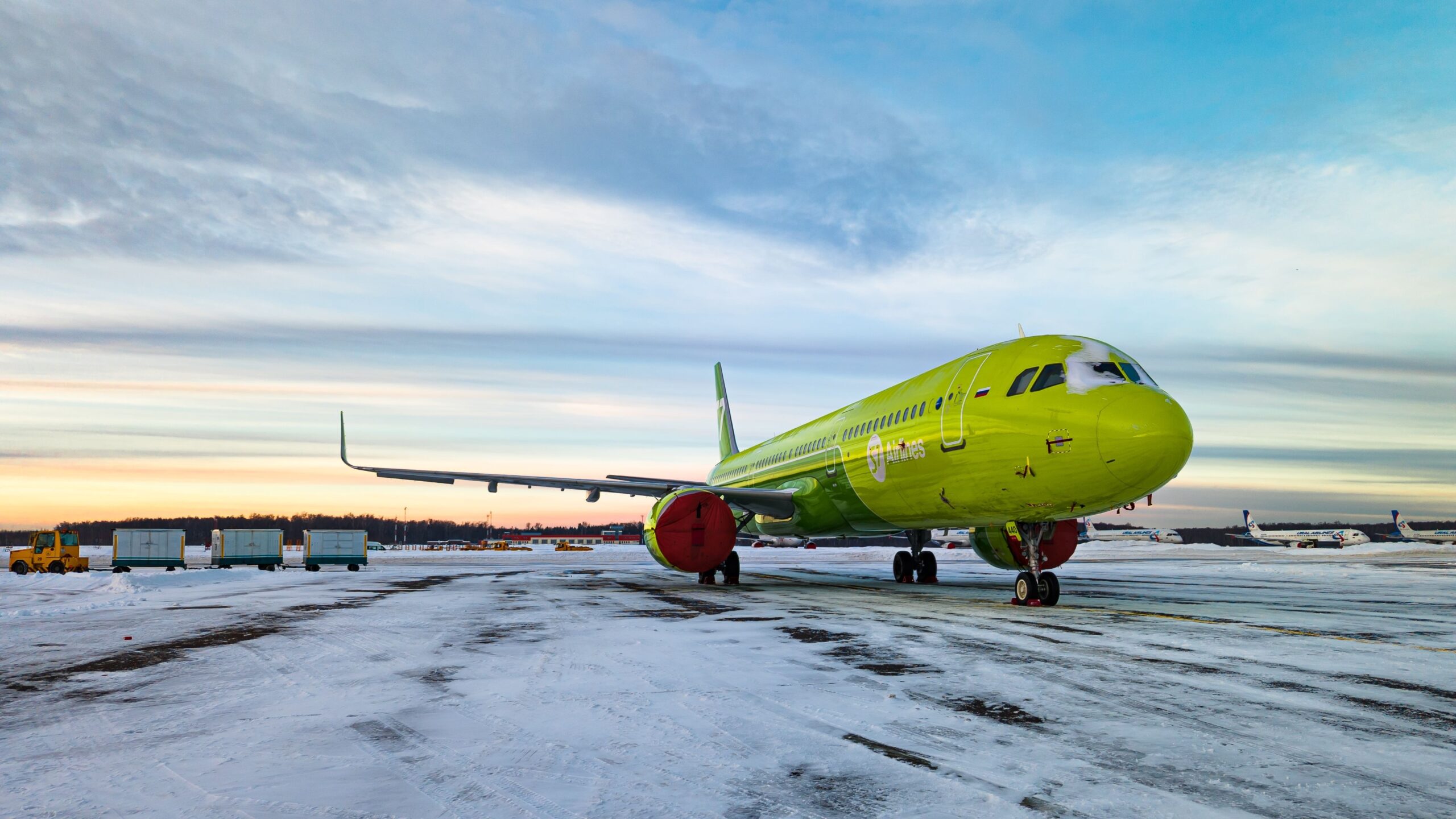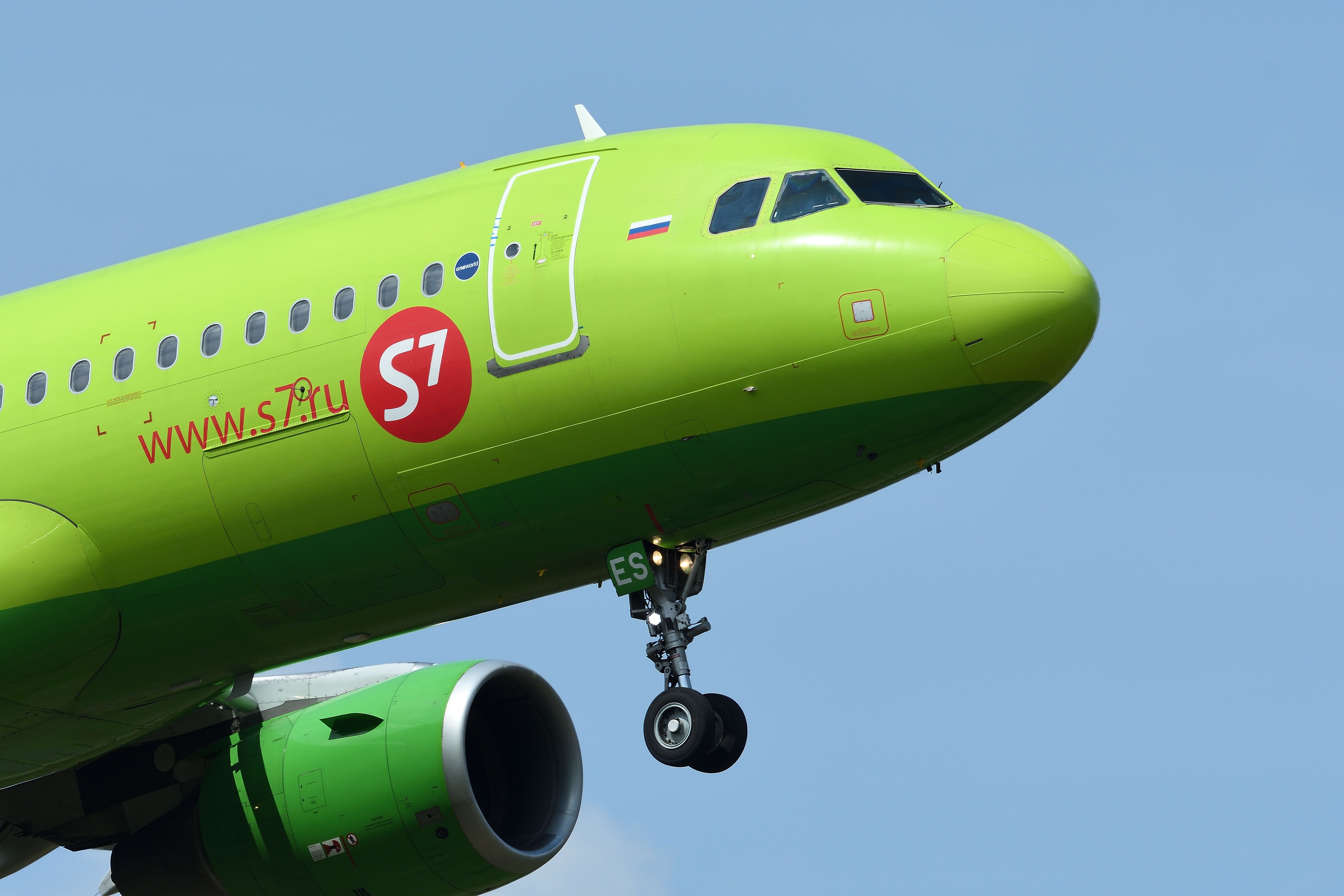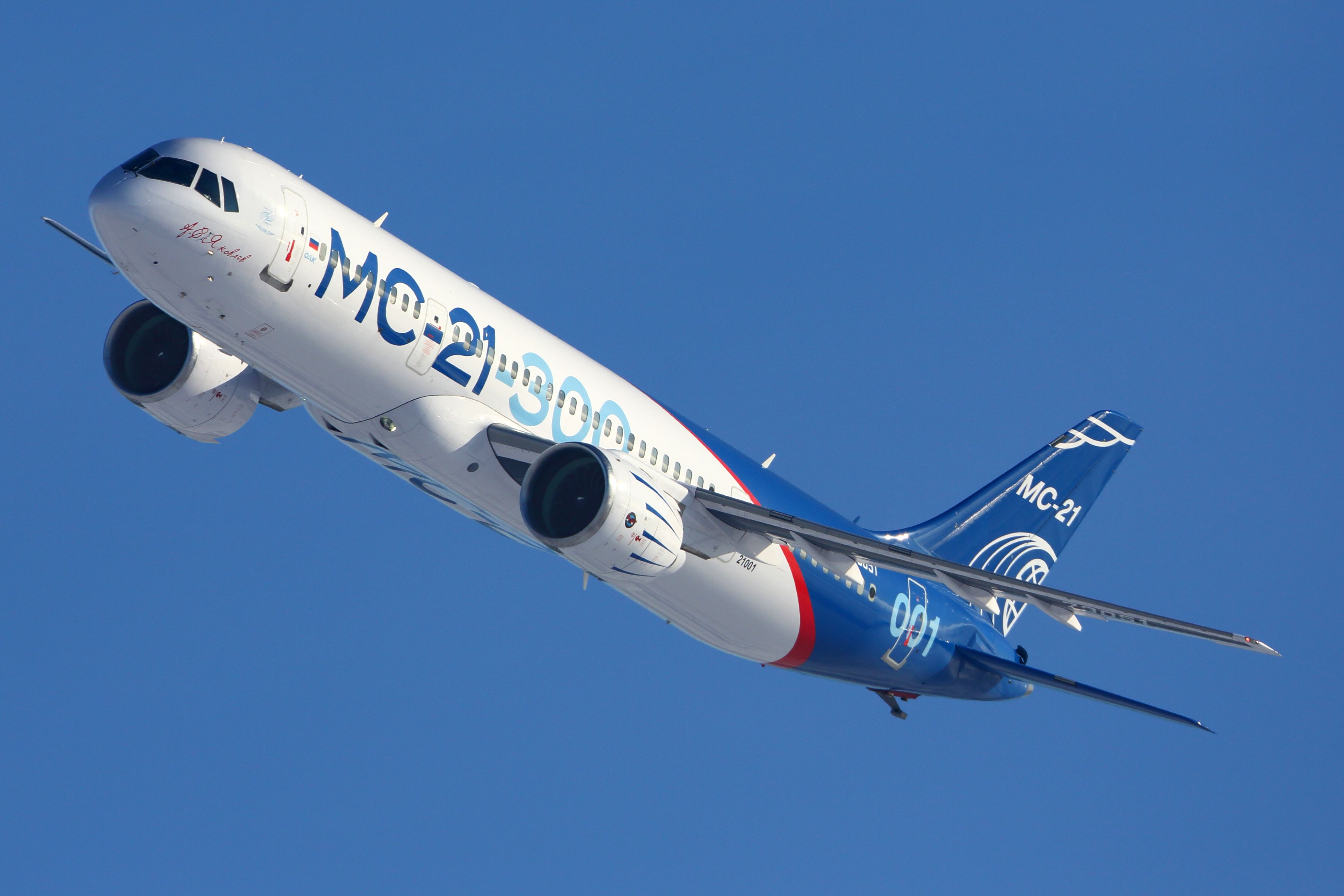Summary
- S7 Airlines technicians can repair CFM 56 engines.
- Russia working to keep Western aircraft operational.
- Russia has self-sufficient aviation industry.
Following the Full-Scale Russian Invasion of Ukraine, the West imposed crippling sanctions on the Russian aviation industry. Russia moved quickly to seize hundreds of Western-owned airliners before the foreign-leased aircraft could be taken out of the country (Russia has since been buying the jets). But now Russia remains cut off from Western support and Western parts for its Airbus and Boeing airliner fleets. However, it has now been reported that engineers from the Russian S7 Airline are reverse-engineering the engines on Boeing 737s and Airbus A320s.
Russians reverse engineer Western jet engines
According to Ch-Aviation, Yevgeny Elin (the chairman of the S7 airline) stated in December that they could not maintain and repair the ‘hot parts’ of the aircraft. However, according to a new report by the Kyiv Post, S7 technicians believe they can now fully repair the CFM 56-5B and 7B engines found on Boeing 737 and Airbus A320 aircraft. It is reported that up to 800 aircraft of the three main Russian airlines (especially Aeroflot) have these engines. Russian sources have reported that the level of technology used in CFM 56 engines “does not look prohibitively difficult for Russia.”
Photo: viper-zero | Shutterstock
The Kyiv Post reported, “S7 sources said that its technical staff was now able to overhaul low-pressure turbine (LPT) modules, low-pressure compressor (LPC) modules, and the gas generators in the two varieties of CFM56 engine.” The article also noted that S7 is already certified to overhaul the Honeywell 131-9A and Honeywell 131-9B auxility power units found on Airbus A320s and Boeing 737s.
How these aircraft will be certified and where they will be permitted to fly internationally remains unclear. However, just keeping these jets operational and flying will likely be a big win for the Russians.

Related
Why Russia’s Once-Touted Sukhoi Superjet 100 Faces An Uncertain Future
The SJ100 is undergoing Russification, but its production remains in limbo, and its future is uncertain.
Russia has a robust aviation industry
It shouldn’t come as a surprise that Russia can keep Western jets flying – even Iran has defied expectations and kept its F-14 Tomcats flying. Russia (and the Soviet Union before it) has long had a large and impressive aviation industry. Even if Western aviation was considered more advanced, the Soviets could copy and then produce their own.
But it would be wildly inaccurate to say the Soviets just copied. The Soviets could also pioneer and innovate independently—e.g., with incredible ekronoplans like the Caspian Sea Monster. Russia remains one of the world’s largest producers of military aircraft and is one of the very few countries in the world capable of designing and producing fighter jet engines.
Photo: Fasttailwind | Shutterstock
The Russians continue to produce their own domestic airlines – such as the Sukhoi Superjet and the MC-21. But these were designed with Western engines. Now that Russia can no longer source the original Western engines, it is forced to substitute its own engines – such as the Aviadviagtel PD-14 turbofan and the PS-90 engine. However, the Russification of these aircraft adds weight (almost 6 tons) while reducing their range and altitude. Additionally, they need to be serviced much more (according to the Kyiv Post, every 3,600-6,000 hours instead of around 40,000 flight hours for some Western engines).



